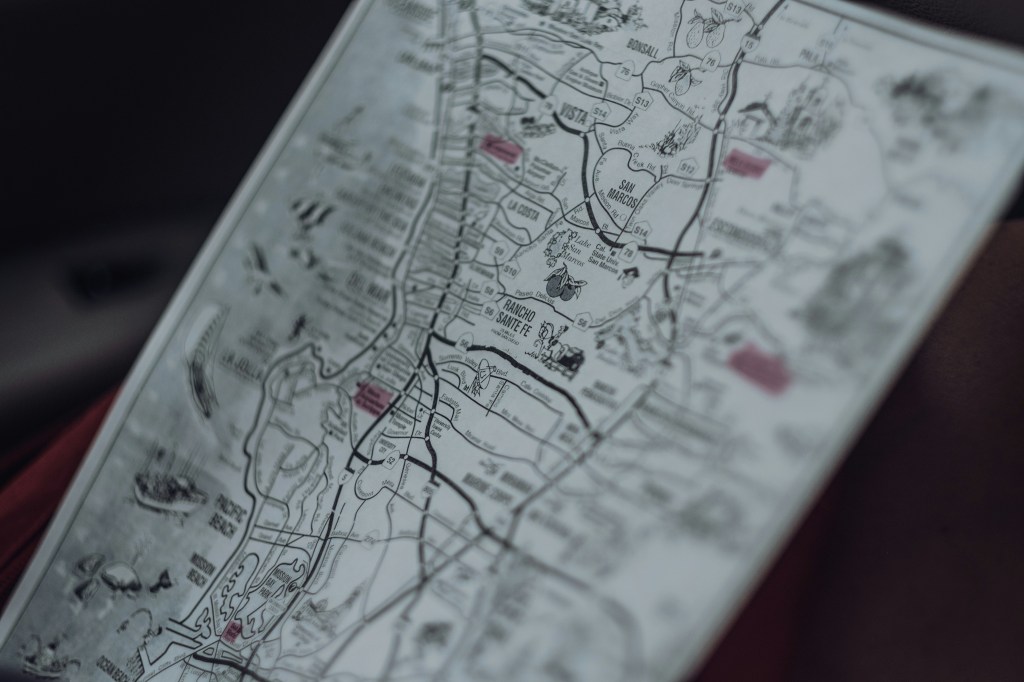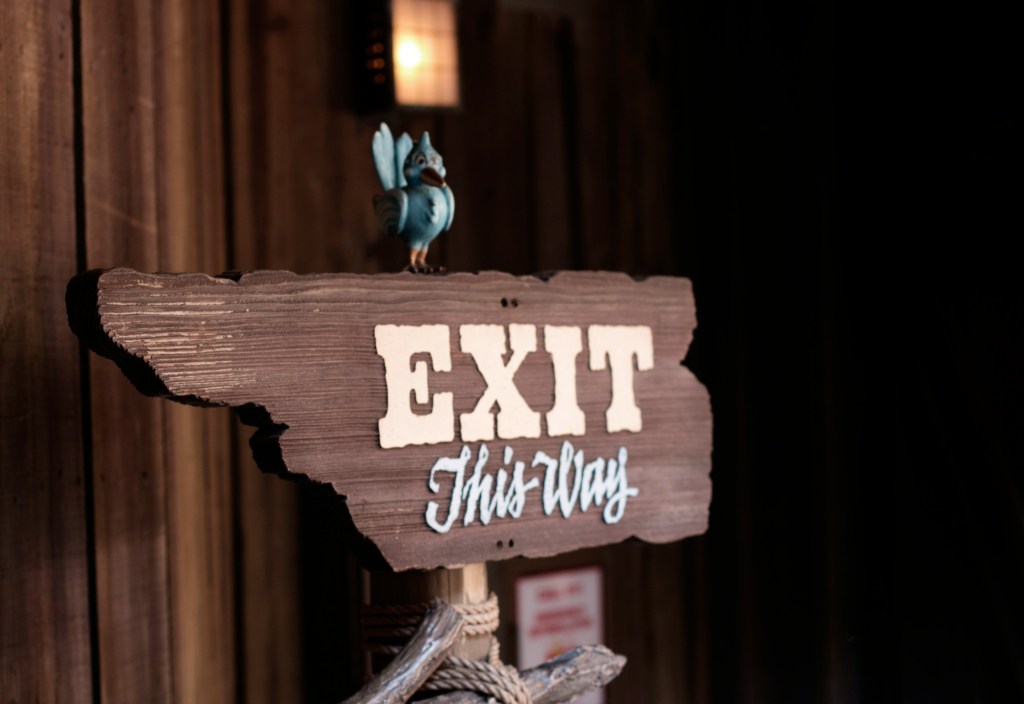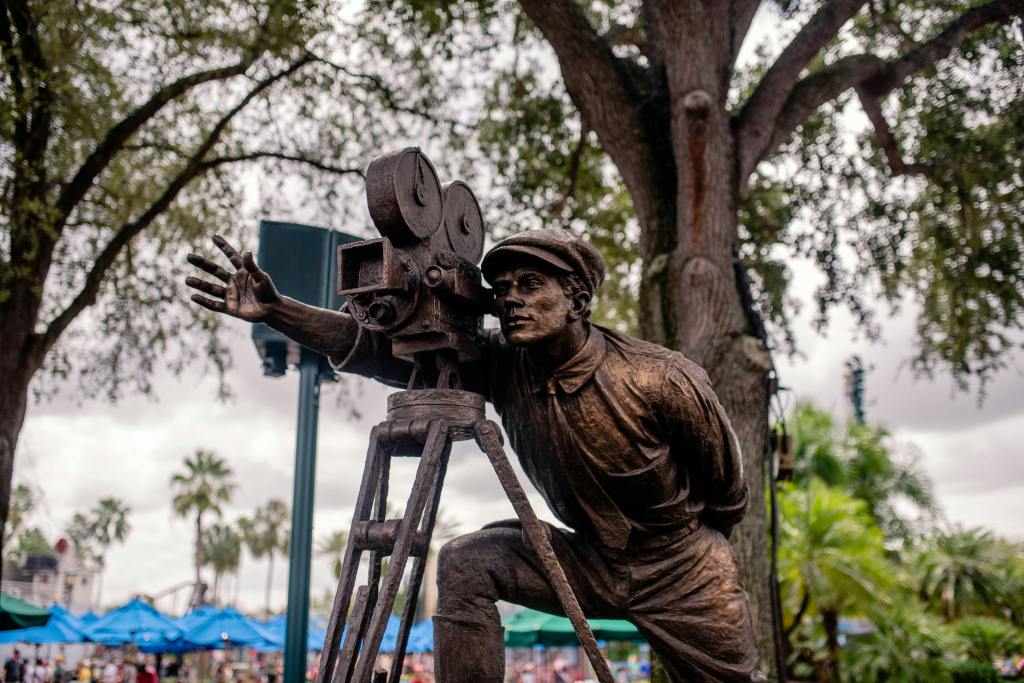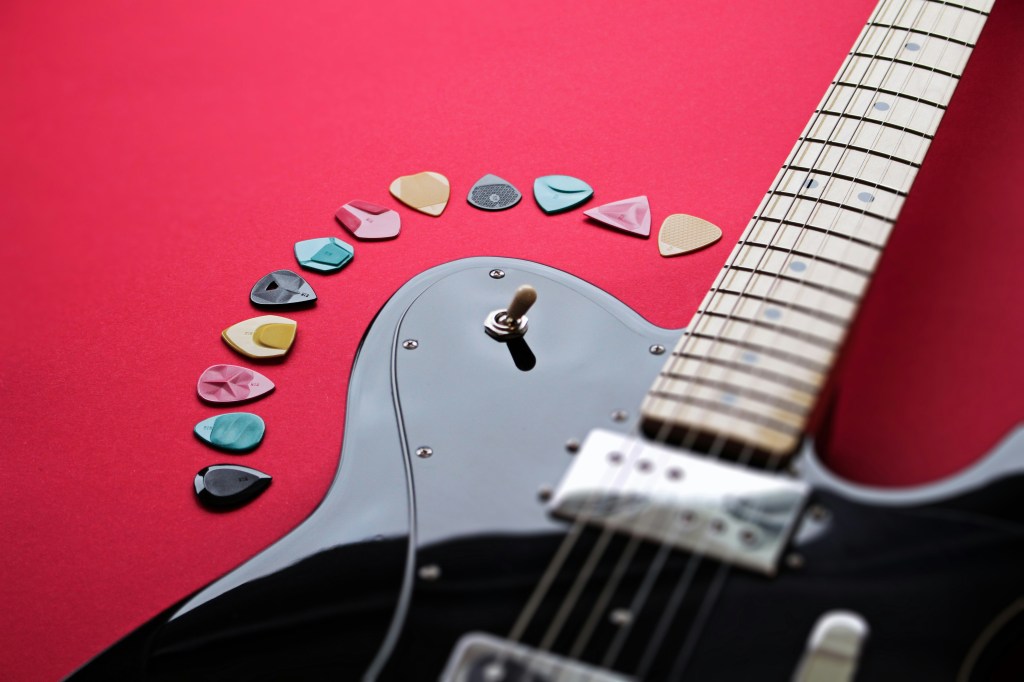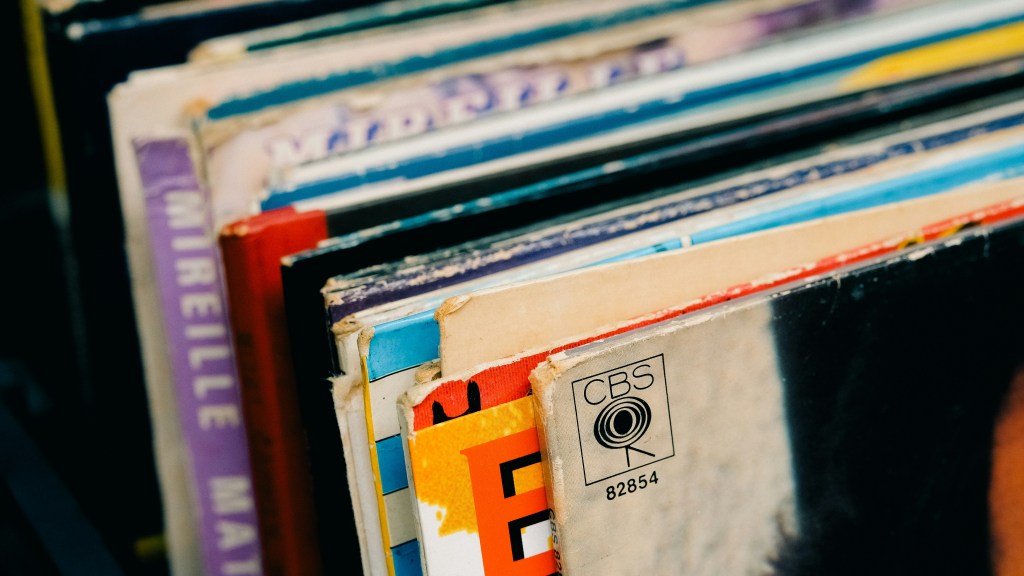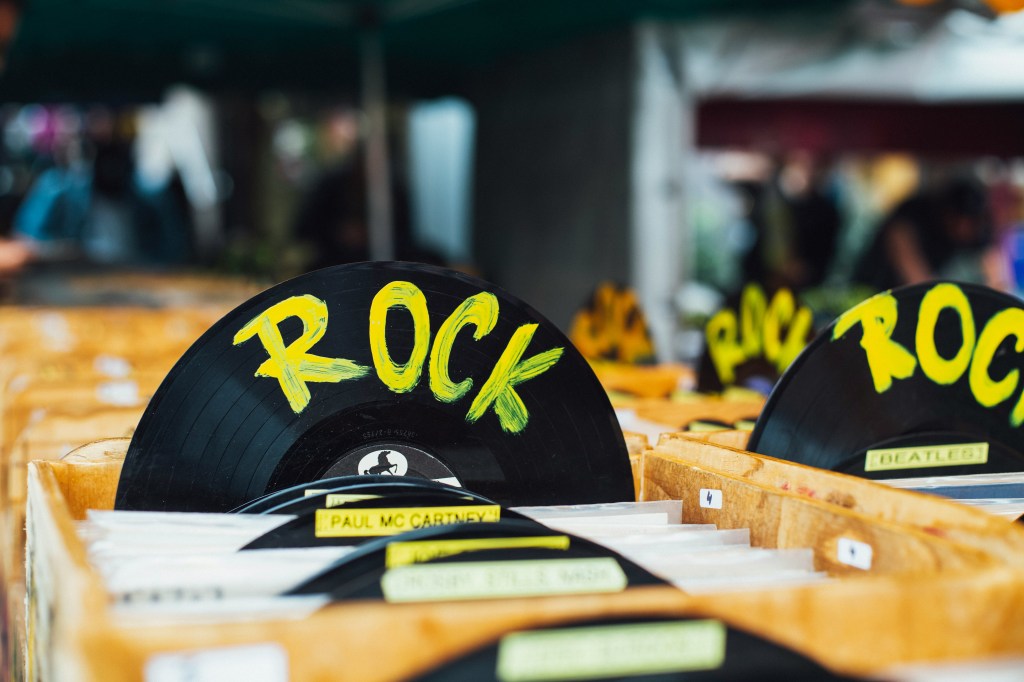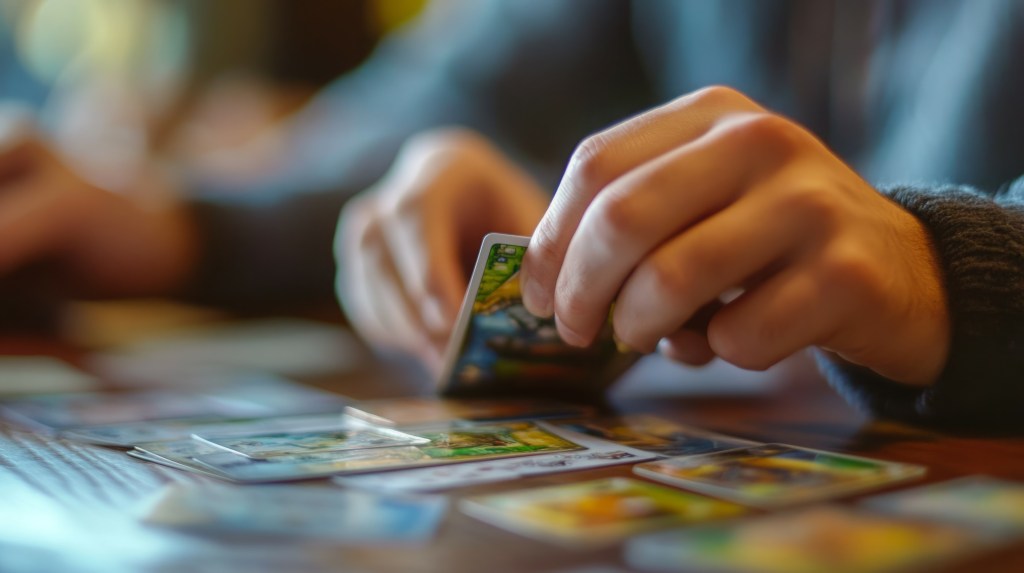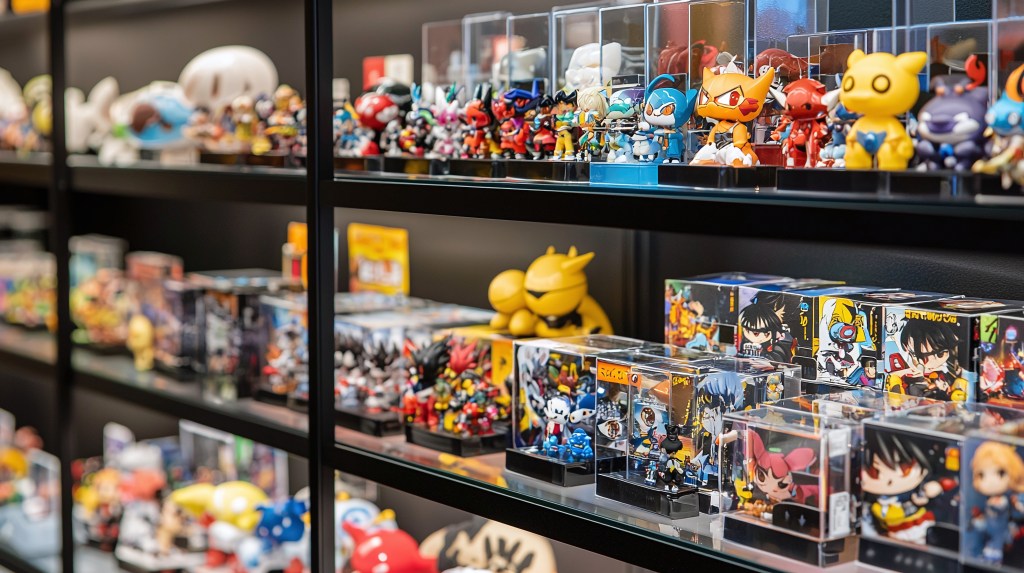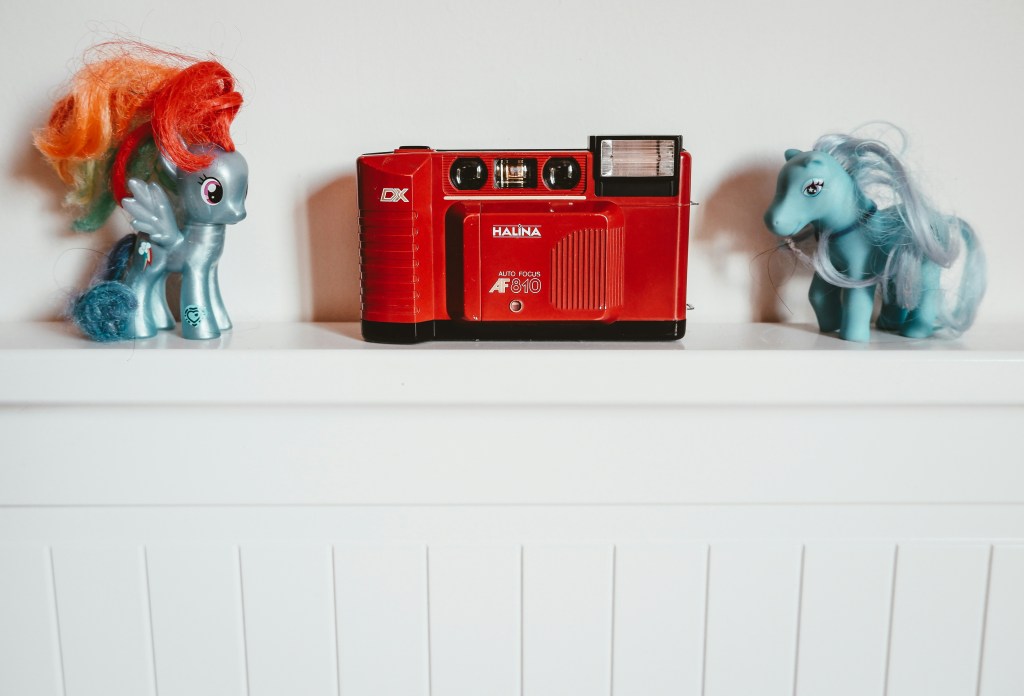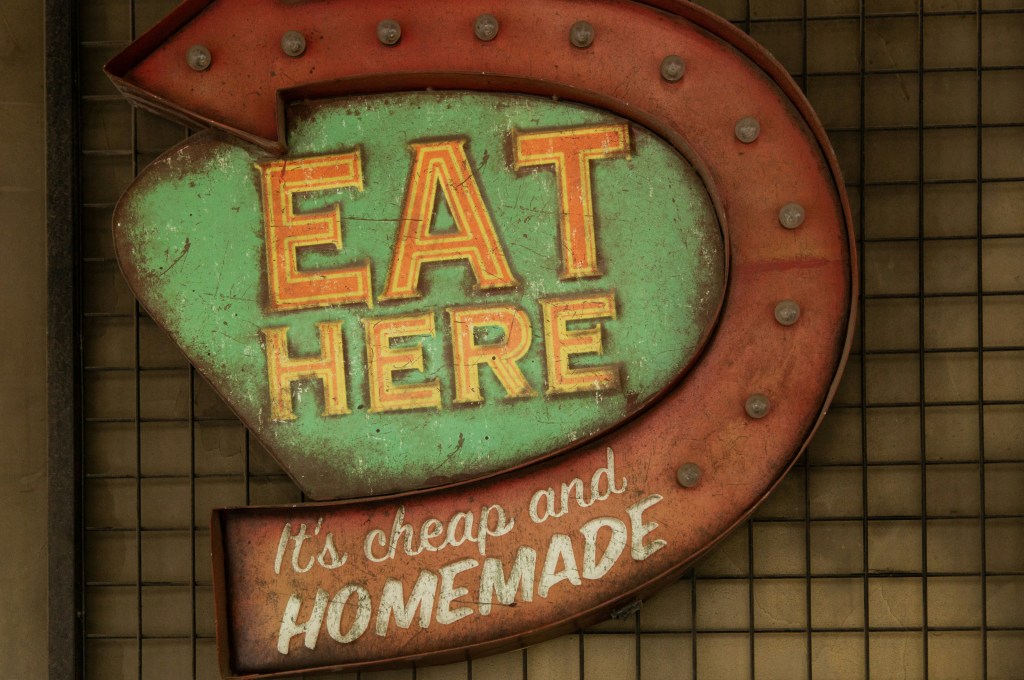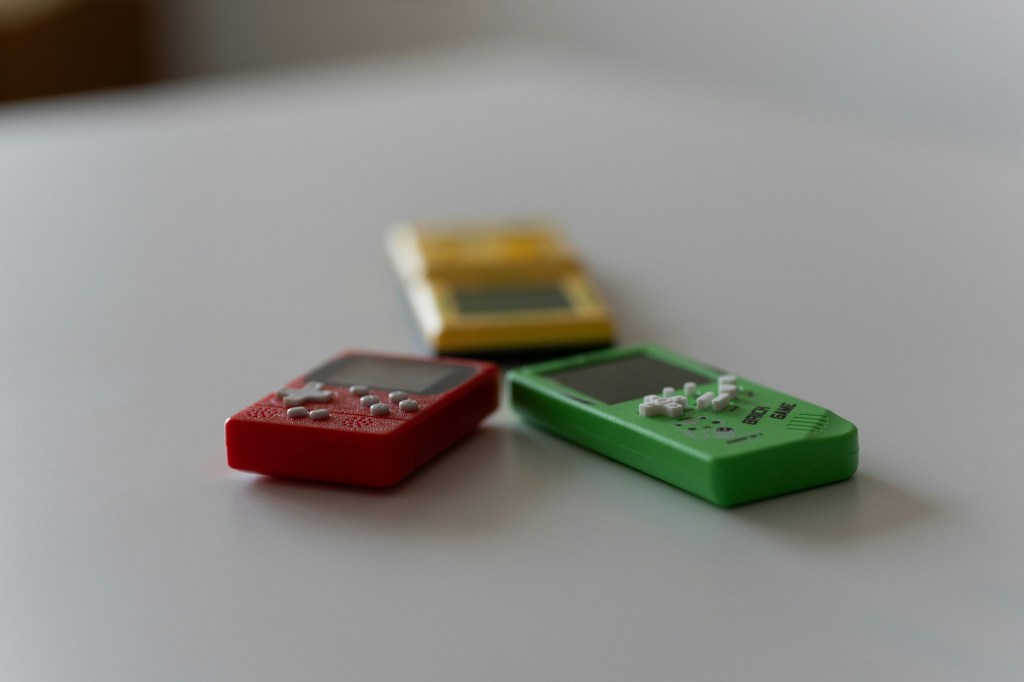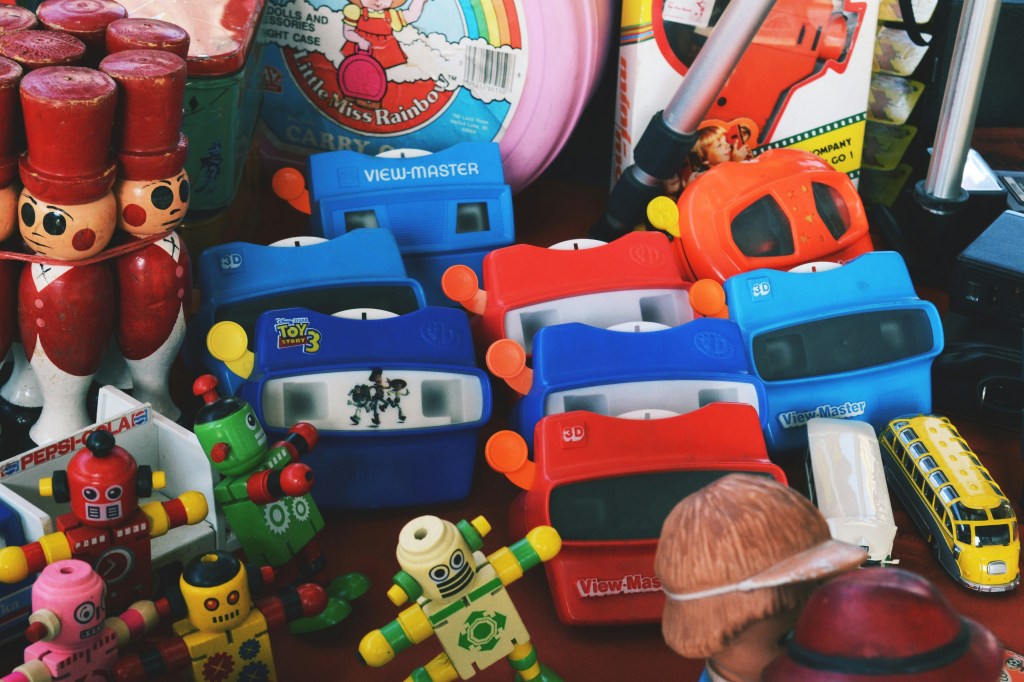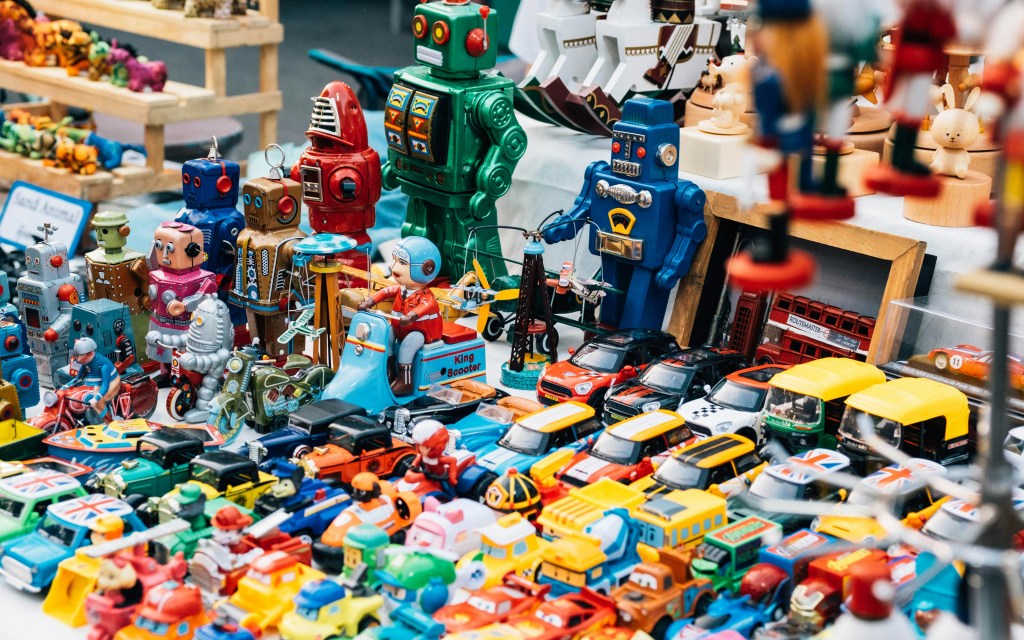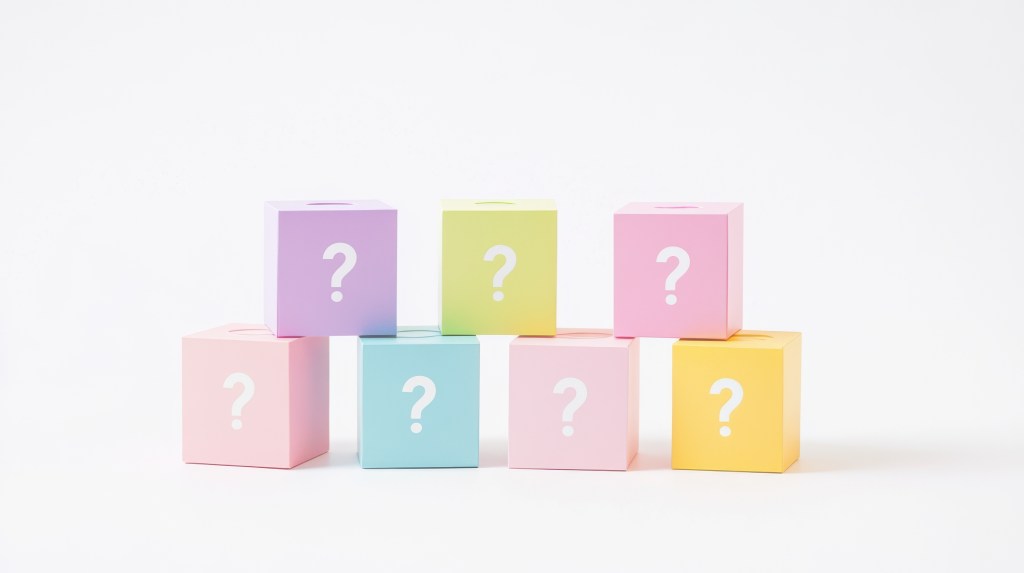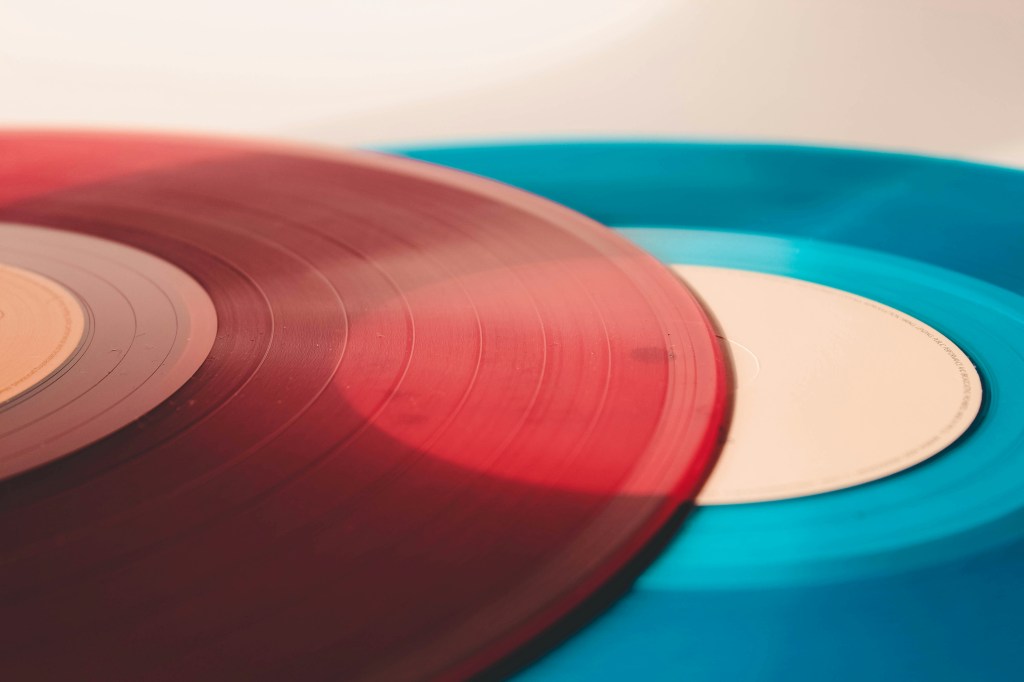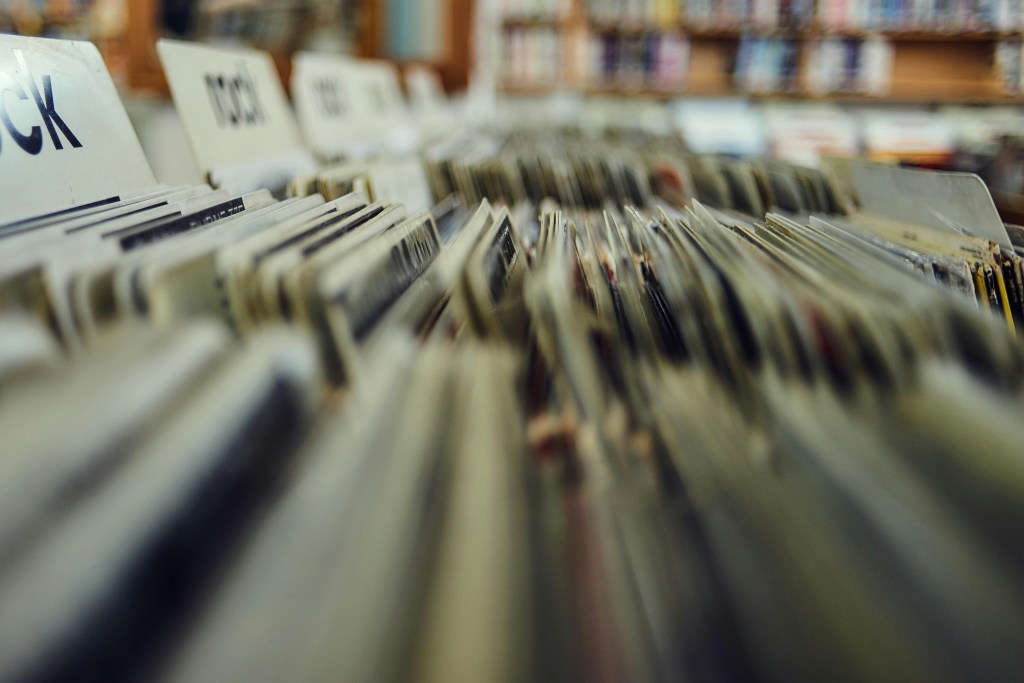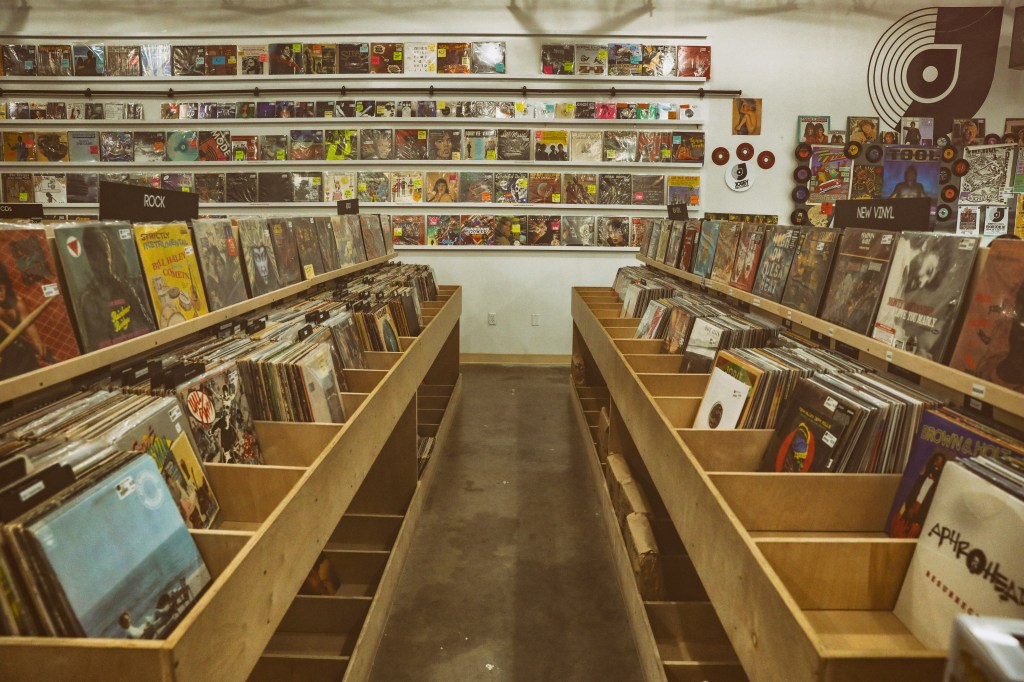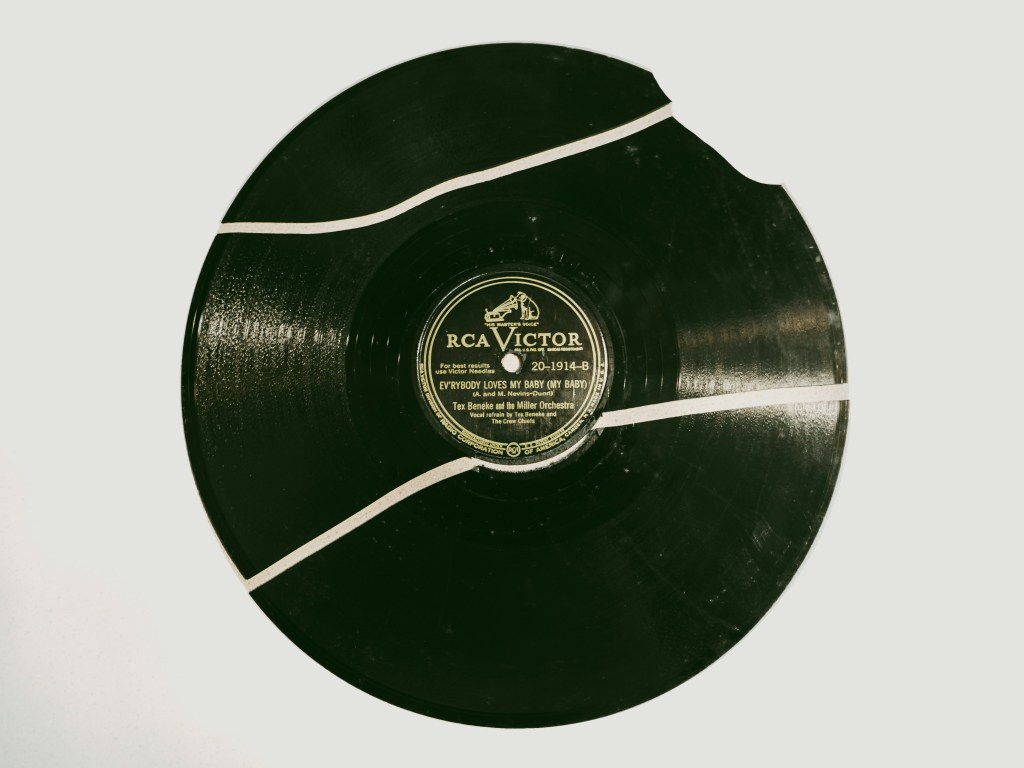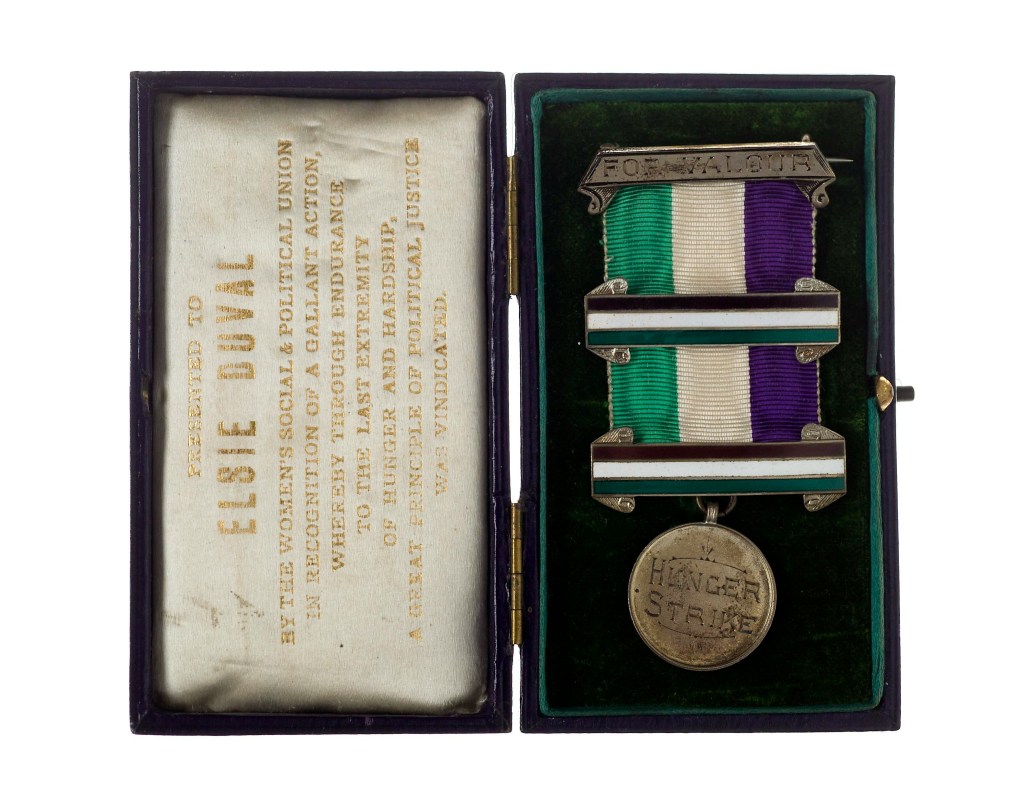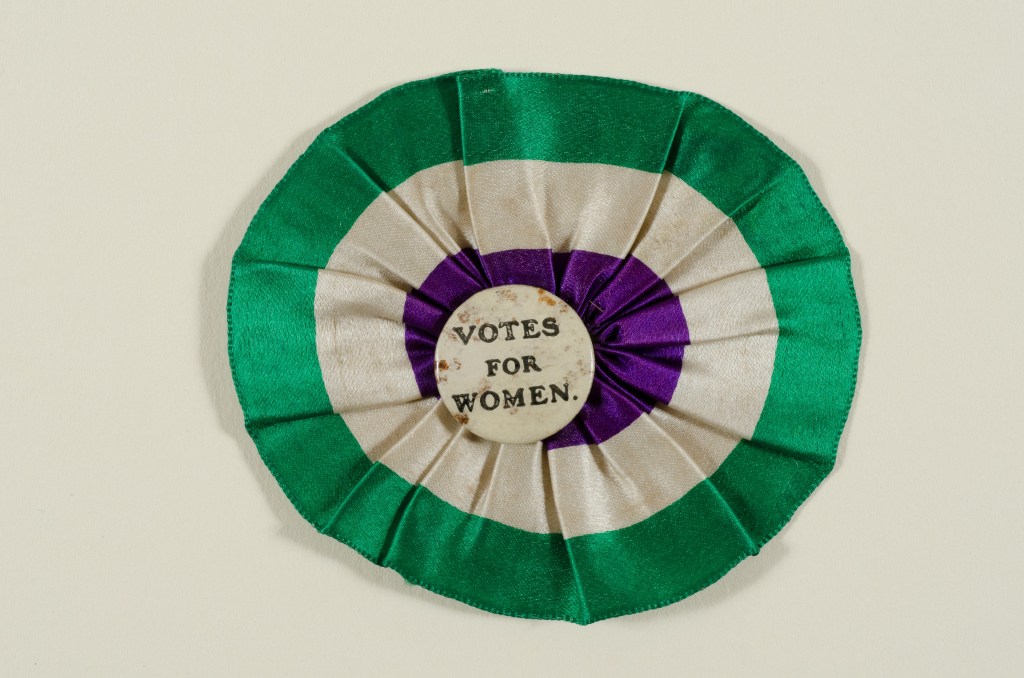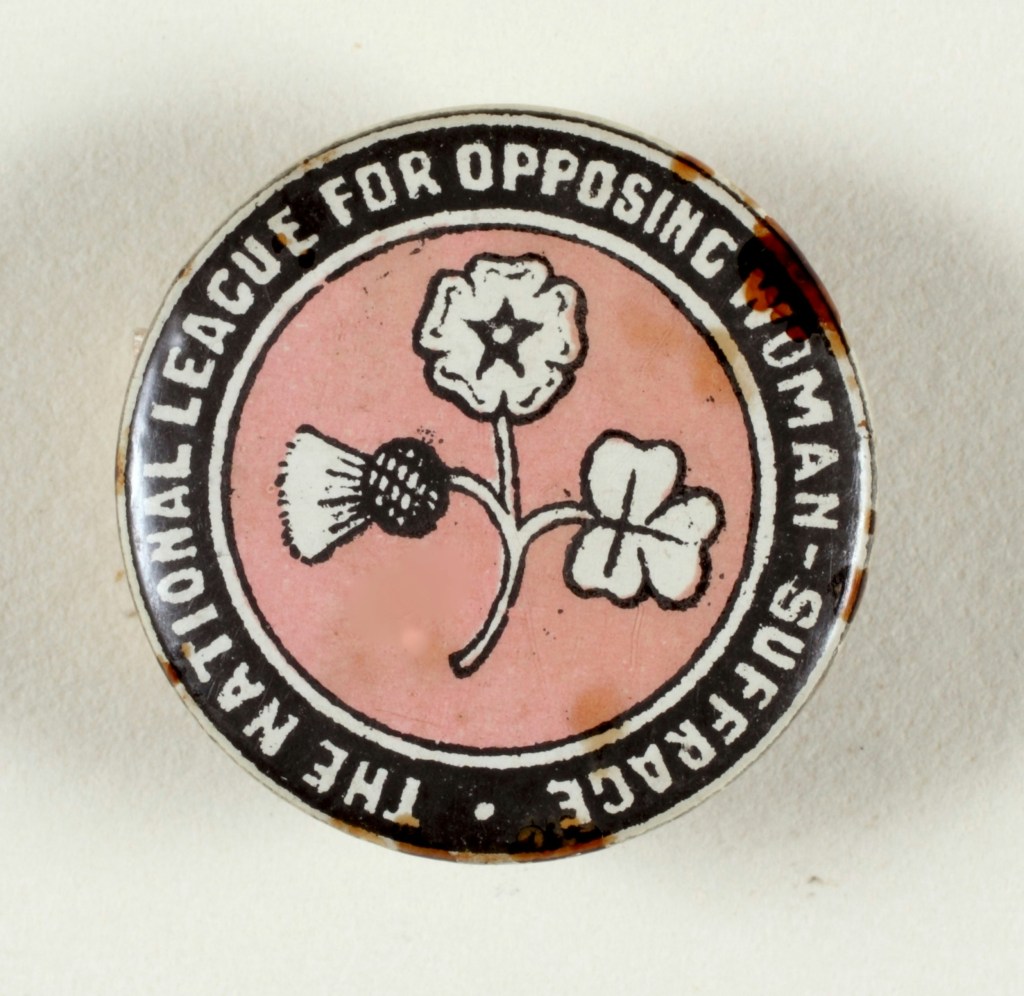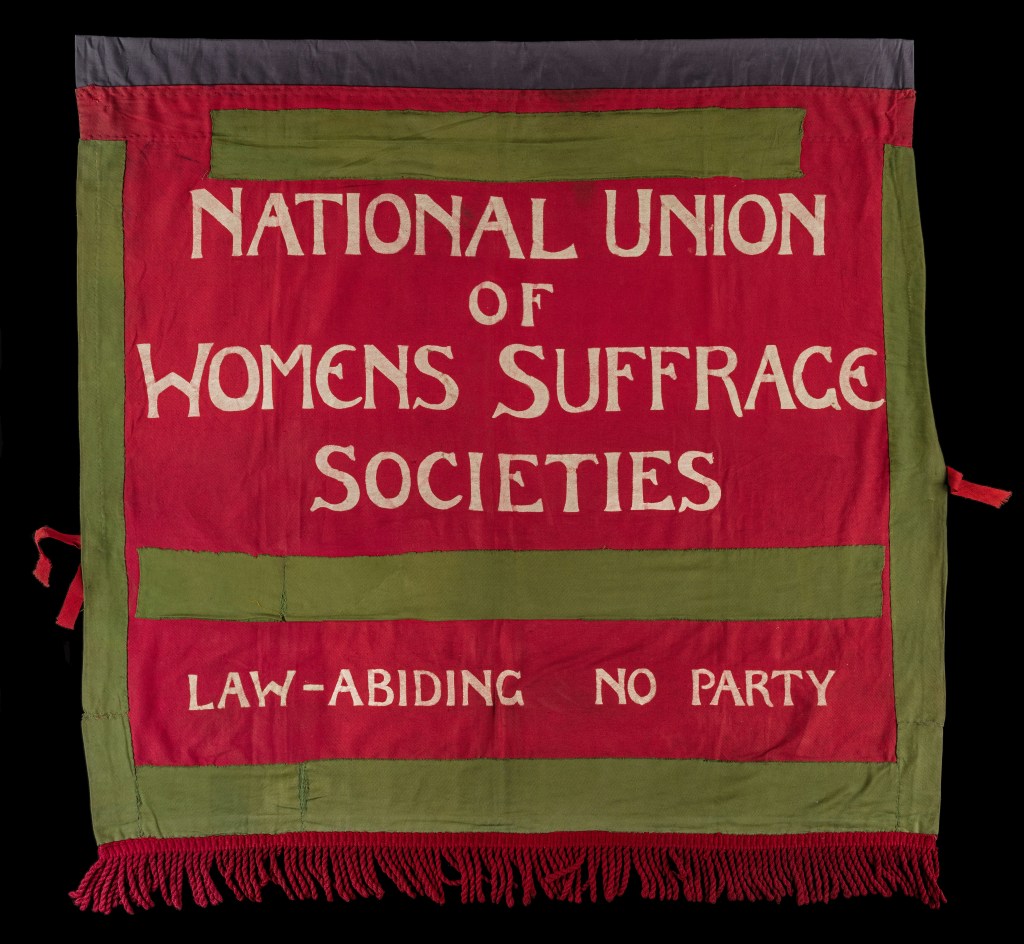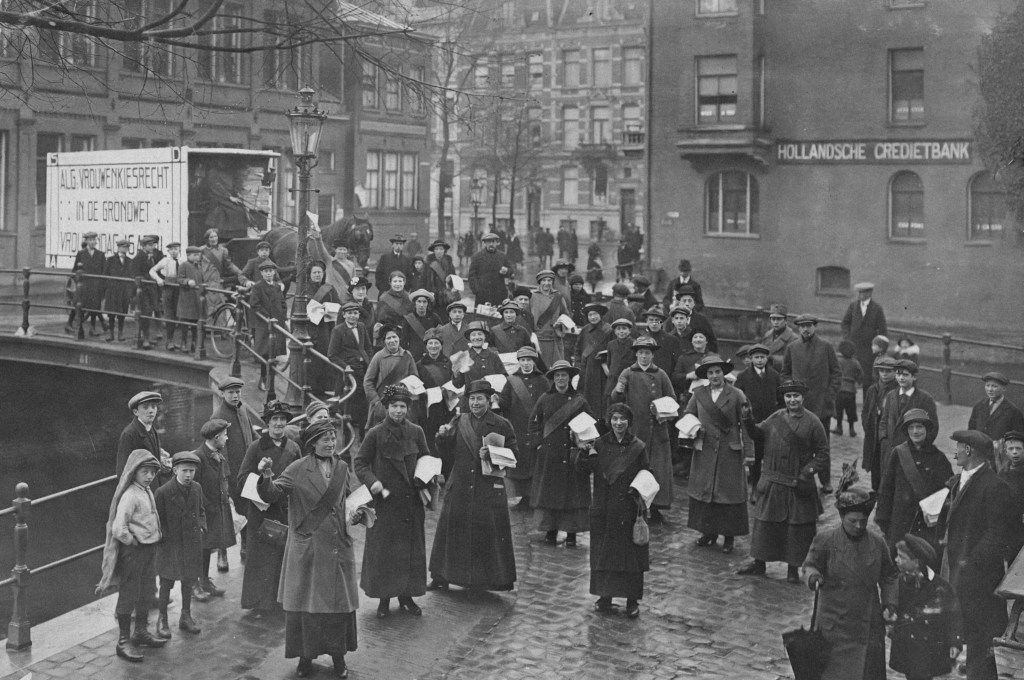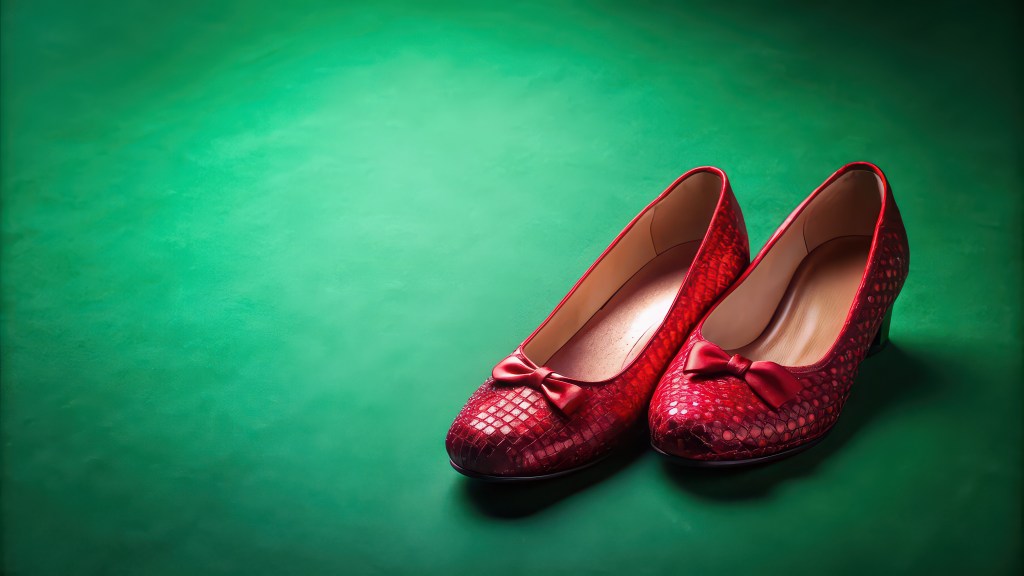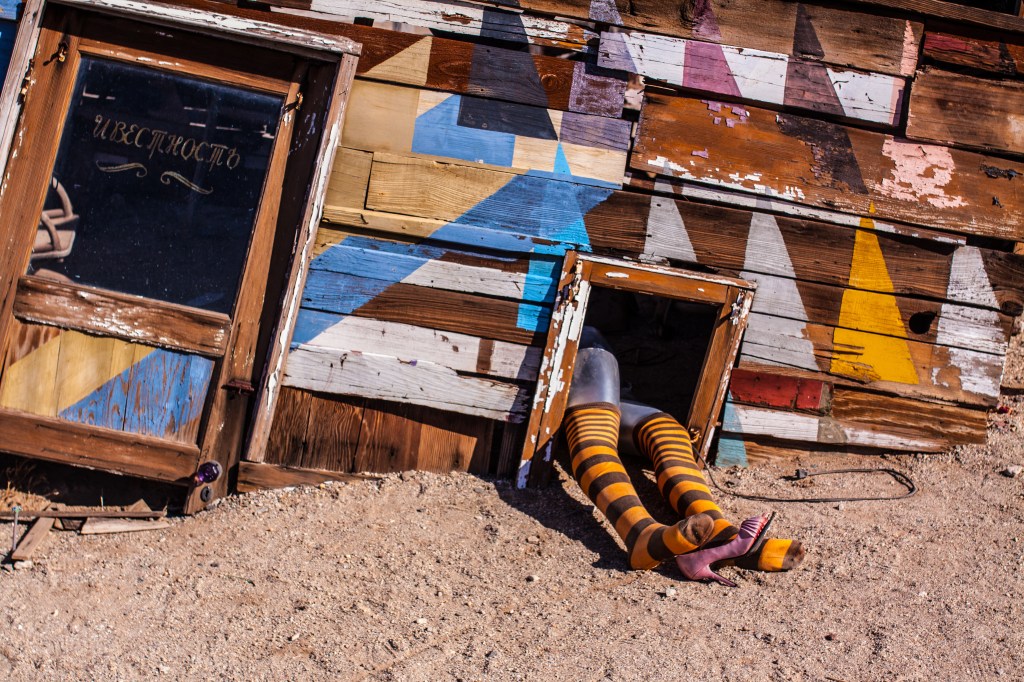Discover expert tips on collecting Red Rose Tea figurines, from identifying rare pieces to caring for your collection. Start building your treasure today!
A Brief History of Red Rose Tea Figurines
Since the 1960s, the delightful collaboration between Wade Ceramics and Red Rose Tea has captivated collectors and tea enthusiasts alike. This unique pairing introduced miniature figurines, affectionately known as “Whimsies,” tucked inside boxes of Red Rose Tea. What started as a simple promotional tactic has evolved into a treasure hunt, transforming grocery-store bonuses into collectibles.
Wade Ceramics and Red Rose Tea
The origins of this partnership date back to 1967, when Red Rose Tea began including Wade figurines as attractive premiums. Wade Ceramics has a rich history. Sir George Wade established wade pottery in the late 1800s, and its whimsical porcelain figures first emerged in the 1950s. The collaboration between George Wade Pottery and Red Rose Tea solidified their place in pop culture and collectible history.
Collecting Red Rose Tea figurines
Collecting vintage Wade figurines has become increasingly popular for a variety of reasons. Many collectors are drawn to these items due to nostalgia, reflecting fond memories. The quality of the figurines also plays a significant role in their appeal, as they are known for their craftsmanship and attention to detail. Furthermore, the rarity of certain pieces adds to their allure, with some figurines valued at impressive prices, reaching up to $700. This combination of nostalgia, quality, and rarity continues to drive demand among
Wade Whimsies 101: Sets, Themes, and Variations
Wade Whimsies are collectible figurines that have captured the attention of enthusiasts due to their charming designs and regional variations. From the Animal Series to Canadian-exclusive releases, each batch showcases unique molds and glazes contributing to their scarcity and desirability among collectors.
American series
The American Red Rose Tea figurines, along with the boxes sold, span several series, each marked by distinct animals and themes:
Animal Series I (1983-1985)
This initial series introduced many animals, including the bear cub, bush baby elephant, bird, owl, monkey, lion, seal, otter, and turtle.
Animal Series II (1985-1994)
Following the first series, this collection expanded the assortment with new creatures such as the giraffe, tiger, leopard, cockatiel, raccoon, koala, kitten, pony, gorilla, puppy, zebra, polar bear, and pine marten.
Circus Series (1994-1999)
A whimsical take on the circus, this series featured circus figurines like the standing elephant, sitting elephant, lion, poodle, Human Cannonball, strongman, tiger, and ringmaster.
Endangered North American Animals (1999-2002)
This thoughtful collection raised awareness about conservation, including species like the bald eagle, spotted owl, humpback whale, Florida panther, timber wolf, and green sea turtle.
Noah’s Ark Series (2002-2006)
Centered around the Noah’s Ark biblical tale, this series included beloved characters such as male and female elephants, Noah and his wife, and birds like roosters, hens, and geese.
Pet Shop Figures (2006-2008)
This series featured adorable pet-themed figures, showcasing tropical fish, ducks, turtles, ponies, and parrots.
Calendar Series (2008-2012)
Each figurine in this thematic collection represented a specific holiday, such as the Easter Bunny for April, Mother’s Day Flowers for May, a Graduation Cap for June, Pumpkin Kitty for October, and a Christmas Tree for December.
Nautical Wonderland Series (2012-2015)
This series transported collectors to the sea with pieces like conch shells, seahorses, sailboats, compasses, and treasure chests.
American Heritage Series (2016-2018)
This series celebrated significant American symbols, including the Liberty Bell, Uncle Sam, a space shuttle, and a steam train.
Canadian series
In addition to the American series, Wade Whimsies produced exclusive releases for Canadian collectors, which are now available through online orders . The most notable is the Nursery Rhymes Series, which is dedicated to classic children’s stories.

Spotting Rarity: Figurines That Command Top Dollar
Short-run pieces, such as the Canada-only Polar Bear or the error-glazed Lamb, often capture the attention of seasoned collectors and consistently rank high in price guides. These unique collectibles frequently ignite bidding wars, reflecting their rarity and desirability in the market.
Collecting Wade figurines
One of the appealing aspects of collecting Wade figurines is their accessibility for beginners. Many common figurines are inexpensive, typically ranging from $2 to $50. This lower price point allows new collectors to explore the hobby without significant financial commitment. Additionally, complete sets of these figurines generally cost $75 to $200.
Extremely rare Wade figurines
While common Wade figurines are affordable, the market also boasts rare editions that can demand premium prices. In the U.S., the Limited-Edition Hand-painted Nautical Wonderland set is valued at around $240, making it a prized possession for serious collectors. Similarly, in the UK, the “Blow Up” First Whimsies Polar Set holds a value of about $280, with its 6” x 5¾ polar bear fetching up to $110.

Marks and Details: Authenticating Your Minis
When collecting Wade England figurines, it’s crucial to know the key indicators distinguishing authentic early issues from later re-casts and fakes. Start by looking for distinctive mold numbers and stamps associated with Red Rose Tea figurines. Authentic pieces will often bear marks such as “Wade,” “Wade Eng,” or “Wade England.” These Wade marks are essential for verifying the origin of the figurines.
Glaze consistency
Another significant factor in identifying genuine Wade figurines is the glaze consistency. Most of the Red Rose Tea Wade figures were produced in solid colors, with each series featuring a small variety of hues. Pay attention to the glazing techniques; subtle variations can often reveal important insights about the piece’s authenticity and age.
Wade Whimsies
Since their collaboration with Red Rose Tea, over 300 million Wade figurines have been distributed worldwide. This staggering number highlights both their popularity and the demand for accurate identification. As a collector, understanding the nuances of Wade Whimsies will enhance your collecting experience and help you make more informed purchases.
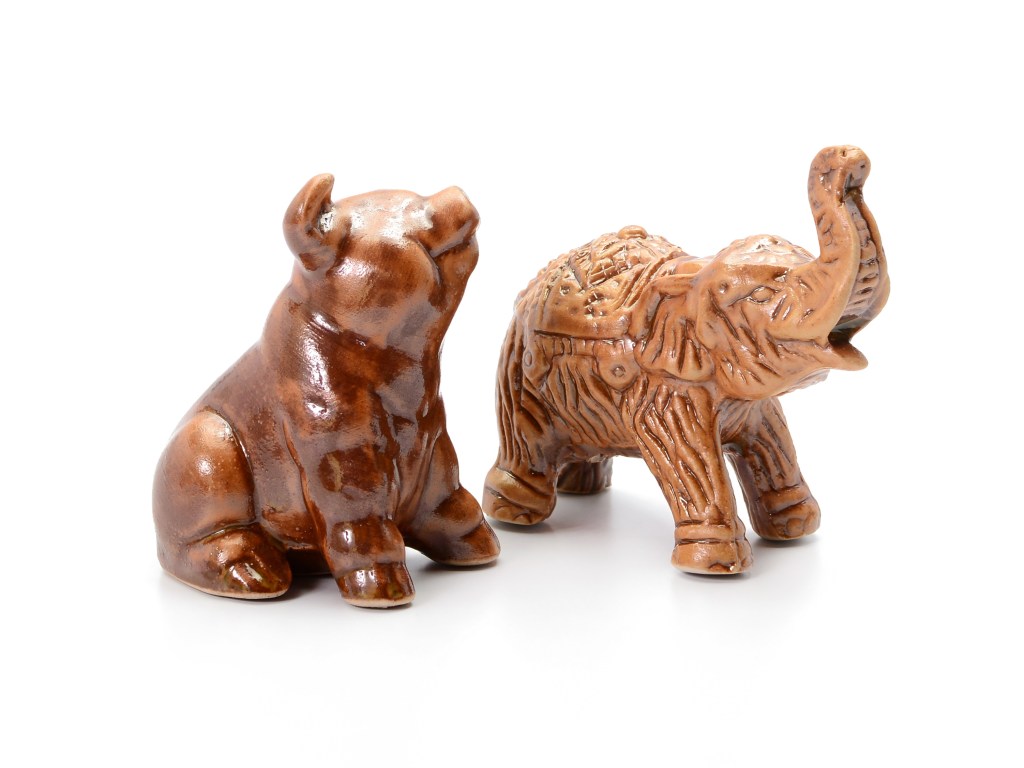
Condition Counts: Grading and Its Impact on Value
When it comes to collecting figurines, particularly Wade whimsies from Red Rose Tea, the condition of each piece plays a crucial role in determining its worth. Chips, crazing, and paint skips can significantly reduce a figurine’s value, with damage often halving what collectors might expect to pay. Mint pieces, especially those in their original tea envelopes, can command premium prices at auction.
Condition grading
Familiarizing yourself with condition grading is vital for anyone serious about collecting Wade minis. Before adding a figurine to your collection, you should carefully assess its condition, such as chips, cracks, or signs of wear. A thorough evaluation will ensure you understand each piece’s market value and aesthetic appeal.
Identifying key features
Knowing these characteristics can help you discern authentic pieces from reproductions and determine their value more accurately. Collectors can make informed decisions by combining knowledge of condition grading with an understanding of key identifying features.

Where to Find New Additions: Markets, Online Auctions, and Swaps
Estate sales, antique malls, dedicated Facebook groups, and specialty sites are some of the best venues to locate missing pieces and trade duplicates of collectible items, such as red rose figurines. Enthusiasts often find joy in the thrill of the hunt, whether discovering a rare item at an estate sale or swapping duplicates with fellow collectors.
In-person opportunities
For those who prefer an in-person experience, antique stores, estate sales, thrift shops, and flea markets provide great opportunities to browse and find unique collectibles. The charm of exploring these venues often leads to unexpected discoveries, making each visit an adventure filled with the possibility of finding hidden treasures.
Online options
On the other hand, online platforms have significantly expanded the reach for collectors. Facebook groups and auction sites like eBay and Etsy offer extensive selections and enable easy communication with other enthusiasts. These digital spaces allow collectors to connect, share tips, and trade items more conveniently.
Red Rose Tea website
Additionally, Red Rose Tea now offers online ordering for collectors, mainly since it no longer includes these figurines in its product packaging. This shift means aspiring collectors can more readily find and acquire the desired pieces.

Display and Preservation: Keeping Porcelain Pristine
Consider using shadow boxes, curio cabinets, or glass domes to showcase your Red Rose Tea Wade figurines. These display options keep your collectibles visually appealing and protect them from dust and damage. Shadow boxes add a stylish touch and allow you to arrange them, while curio cabinets provide a more open display for easy access and admiration. Glass domes are perfect for highlighting individual small Wade figurines, encasing them in a protective environment.
Preserving your miniature figurines
Preservation is key to maintaining the beauty of your ceramic miniatures. Protect your figurines from direct sunlight to prevent glaze crazing and color fading. Prolonged exposure to sunlight can cause significant damage. Additionally, maintaining stable humidity levels in the display area will help preserve the integrity of the materials.
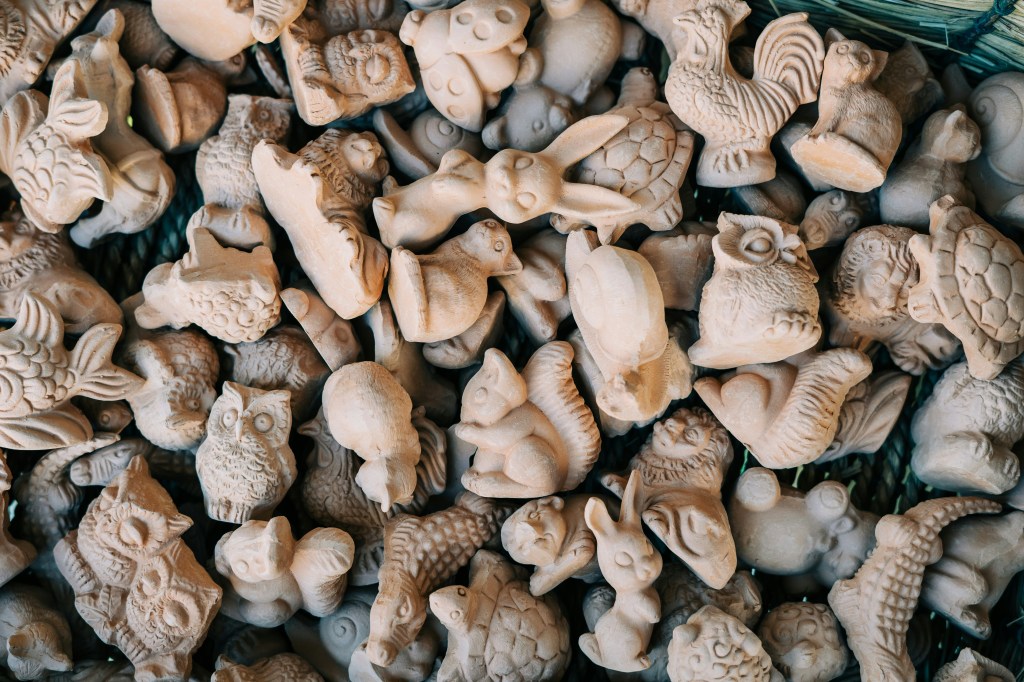
Tracking Prices and Trends: Staying Ahead of the Curve
To effectively navigate the market for vintage Wade figurines, it’s crucial to monitor price guides and recent sales, especially for seasonal spikes. These fluctuations often align with specific times of the year, particularly around anniversaries or new product announcements from Red Rose Tea figurines that rekindle interest among collectors.
Seasonal demand
Certain figurines tend to experience increased demand during specific seasons. For instance, the Calendar series, featuring figurines like the Easter Bunny, Christmas Tree, Pumpkin Kitty, and Mother’s Day Flowers, is particularly sought after during their corresponding holidays. Additionally, collectors are drawn to popular series such as the Circus series (including notable pieces like the human cannonball and standing elephant), Noah’s Ark series, North American series, and the American Heritage series.
Single figurines
Several standout pieces capture collectors’ attention. Examples include the conch shell, spotted owl, Gingerbread Man, Uncle Sam, the White House, wild boar, tropical fish, humpback whale, bear cub, bald eagle, the male monkey and female monkey, Florida panther, and green sea turtle. The rarity and uniqueness of these figurines often drive their market value, making them noteworthy considerations for novice and seasoned collectors.
Product announcements
To stay ahead in the Wade figurine market, it’s essential to monitor product announcements and the sale of rare pieces, especially those sold individually. Understanding when new collectibles are released or rare items come onto the market is the best bet for collectors to act swiftly, securing valuable additions to their collections or capitalizing on potential sales.
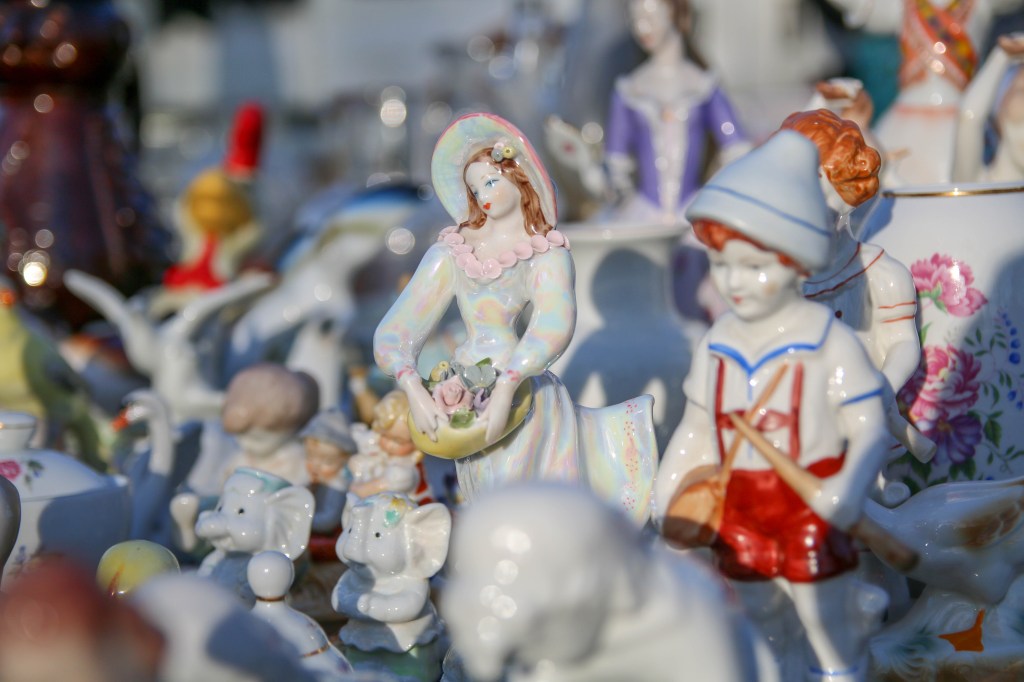
Community Connections: Sharing the Joy of Tiny Teatime Treasures
Collector forums, local club meetings, and online swap events are invaluable resources for enthusiasts looking to deepen their knowledge of their hobbies. These gatherings provide appraisal tips and authenticity checks.
Whether you are swapping duplicates of Red Rose Tea items or seeking specific pieces to expand your collection, these communities can be beneficial. Additionally, discussions about identifying Wade Whimsies can enhance the experience for those interested in unique collectibles, allowing collectors to share insights and celebrate their passions.
Insuring Your Red Rose Figurine Collection: Tiny Pieces, Big Peace of Mind
A complete Animal Series 1 set in near-mint condition can rival fine art in value. Specialty collectible insurance policies offer agreed-value coverage against theft, fire, and shipping damage to protect these valuable figurines. This ensures that your cherished Red Rose Tea Wade whimsies remain safeguarded, whether displayed in your home or on the road.
At Collectibles Insurance Services, we understand the importance of protecting your collection. Founded by collectors for collectors, we provide tailored insurance solutions that go beyond standard homeowners policies. Since 1966, we have offered comprehensive coverage against various risks, including theft, accidental damage, and environmental hazards. We also offer coverage for shipping and transit, ensuring your collection is safe while on the road.
We are dedicated to helping you enjoy your passion without worrying about potential loss. Our commitment to collectors like you drives us to provide the best protection for your valuable items.
Sources
https://redrosetea.com/pages/red-rose-tea-figurines
https://www.birdingandmore.com/images/B&M%20Price%20Guide%20-%20CDN$,%20US$,%20UK%C2%A3%20-%20Vintage%20Wade%20Figurines%20c%20photos.pdf
https://antique-marks.com/wade-whimsies.html
http://www.mikesgeneralstore.com/redrosetea.htm
http://www.kentonlarsen.com/2013/07/red-rose-tea-figurines-gateway-to-life.html
https://www.thetakeout.com/am-i-the-only-one-still-collecting-red-rose-tea-figurin-1825691843/
https://redrosetea.com/blogs/red-rose-blog/does-red-rose-tea-still-have-figurines
https://en.wikipedia.org/wiki/Red_Rose_Tea
https://adirondackgirlatheart.com/a-cool-collectible-wade-whimsies/
https://www.txantiquemall.com/wade-figurines/
